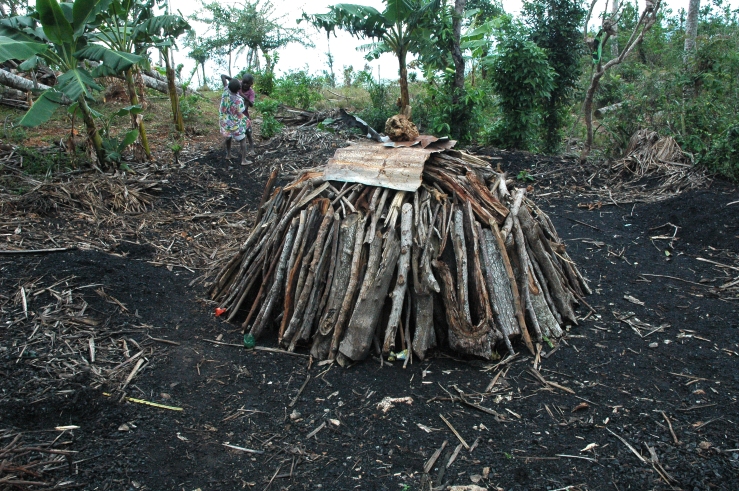Human beings are so much more than what shows on the surface.
Meet Satini
To be honest, Satini’s personality didn’t stand out to me as much as Dunord or Esther’s. Maybe he was just more quiet, less expressive. Or maybe it was because our interview with him was one of the shortest.
But when I looked into his eyes and listened to his story, I knew I was speaking with someone who has experienced unfathomable pain. I understand death—the thief that stole three of my grandparents, one of my friends, and a great robotics mentor. I understand regret—anger at myself for not spending more time with them, and for not spending the time that I had with them in better ways.
But quite frankly, as a teenager, I can’t begin to grasp what it must be like to lose a child. Someone you’ve hugged, protected, and made funny faces at since their first day on earth. Someone you’ve hoped to embrace in their graduation gown or walk down the aisle. Someone you’ve hoped will have kids of their own, kids who’ll sit on your knee and call you “Grandma” or “Grandpa.”
Satini knew that pain.
Satini’s Story
Satini and his wife have twelve children, four of whom died before Hurricane Matthew. Satini was able to provide for the remaining eight without any problems, farming black beans, plantain, yam, cassava, banana, breadfruit, and coconut.
Matthew destroyed all of that.
Plus, the gale-force winds tore off the roof of their house. Now, they live in a nearby shelter under a tarp.
Like many area farmers, Satini’s family developed a temporary solution to their food problem: selling their fallen fruit trees for firewood. But first, Satini has to partially burn the wood to make charcoal. Charcoal burns more easily than wood, makes less smoke, and is easier to transport. Plus, since most cooking in Haiti is done with charcoal-burning stoves, there’s a big market for it.
To make charcoal, Satini chops his fallen trees into more manageable pieces and arranges them in a mound.

Then, if I understood him right, he sets it on fire, covers it with dirt, and lets it smolder for 1-4 days before digging out the finished product. Trails of black smoke rising from mounds like Satini’s can be seen across the mountainside above Jeremie.
Charcoal-making is certainly a solution, but the problem is that it’s only temporary. There’s only so many trees to burn.
I can’t speak for Satini, but if I were him, I would be constantly wondering how much longer the trees would last. I would be thinking of the children I had lost—and thinking, “What if I lose more? What if I can’t provide for them?” Those questions would gnaw at me.
So What About Us?
I don’t know about you, but I want to help Satini. That’s one of the reasons I’m writing this blog.
If you want to learn more about what IFOSuD is doing to help farmers like Satini, and what you can do to help, stay tuned. There’ll be more on that in the next post.
But for now, I can tell you one thing you can do: share the story. Tell your friends and family. Like, share, and comment on social media. Let people know what Satini, Dunord, Esther, and others are going through.
You and I are part of a multitude who care about Haiti and its people—and together, by the grace of God, we can make a difference.
P.S. One part of the multitude is gathering on the Facebook group for this blog. You can check it out at this link.
